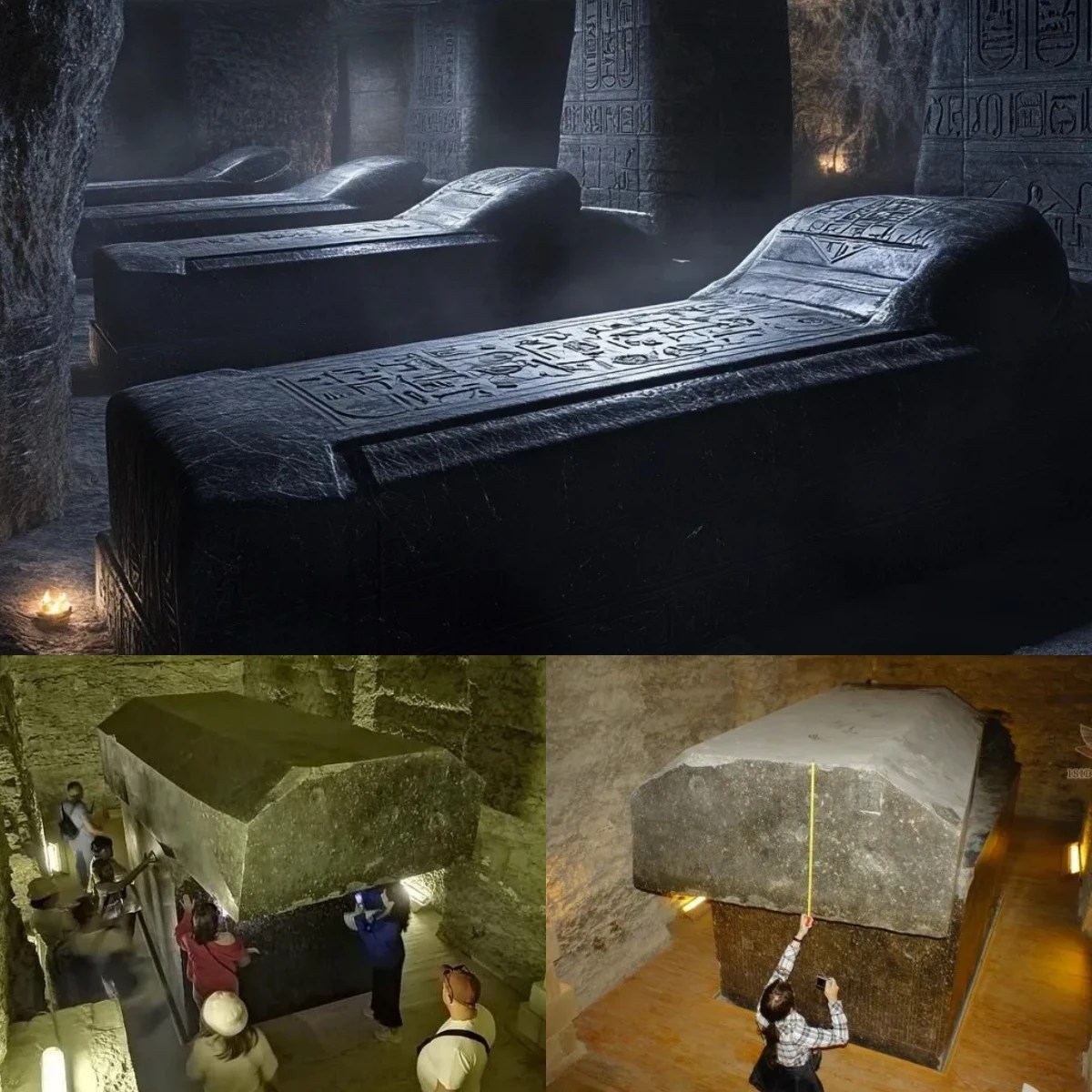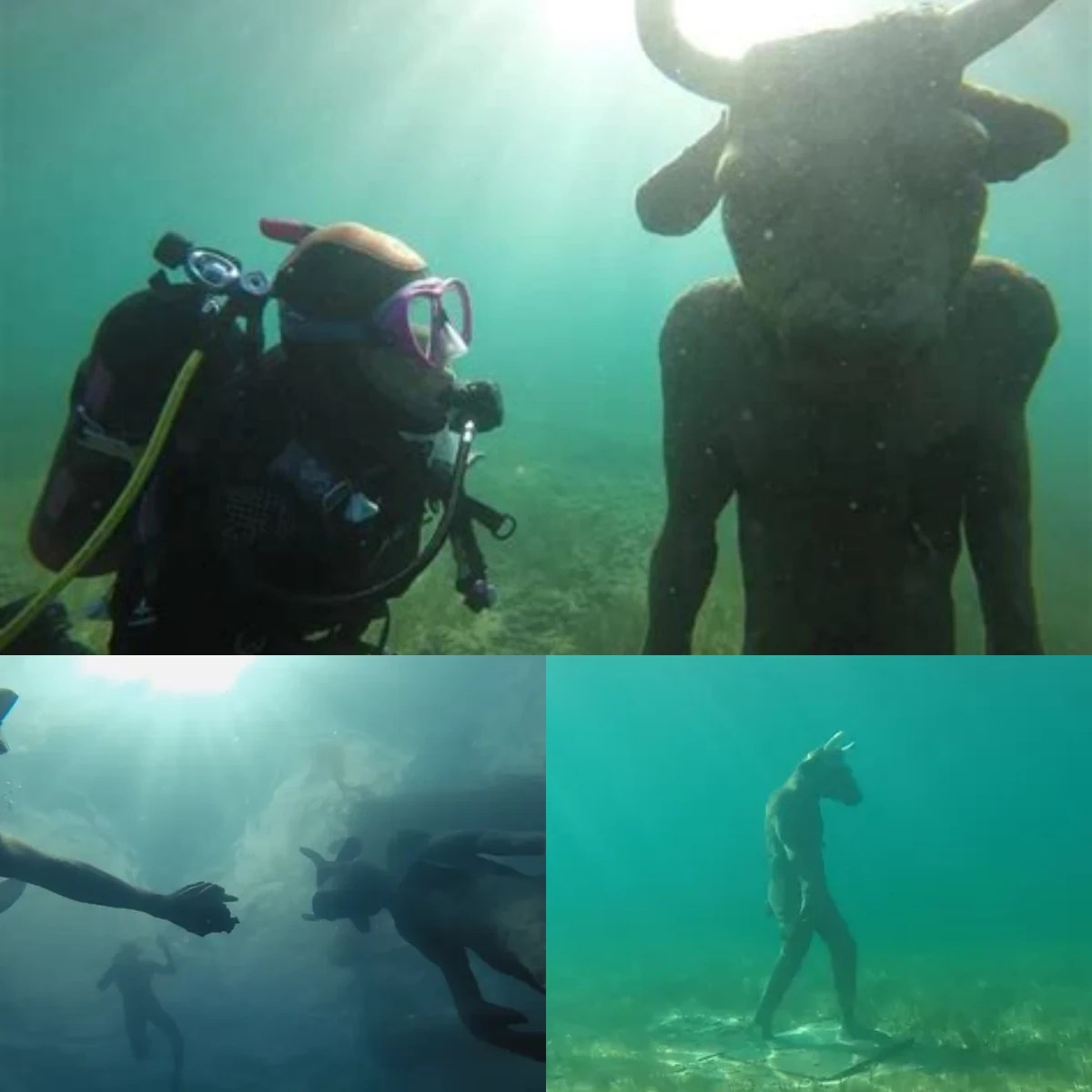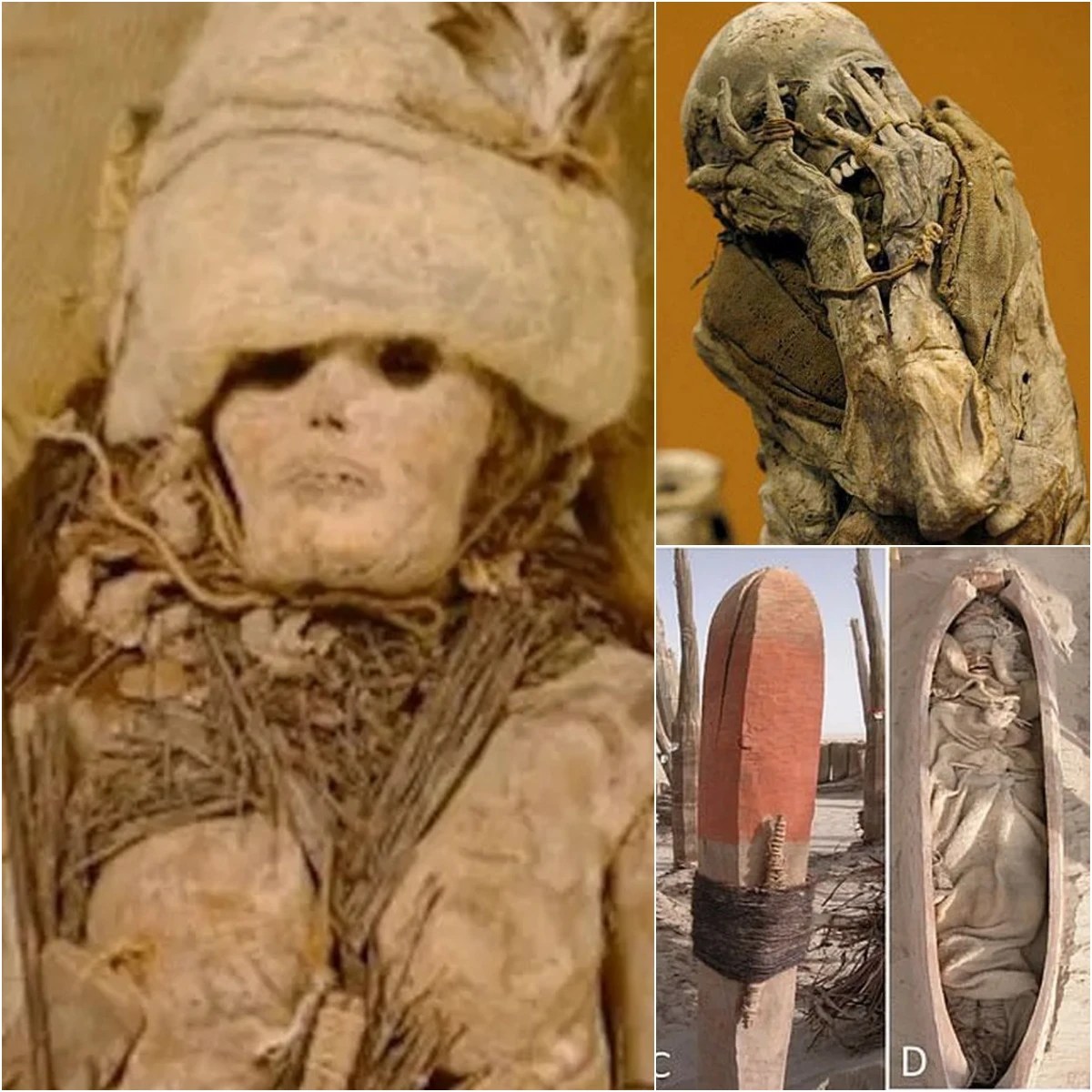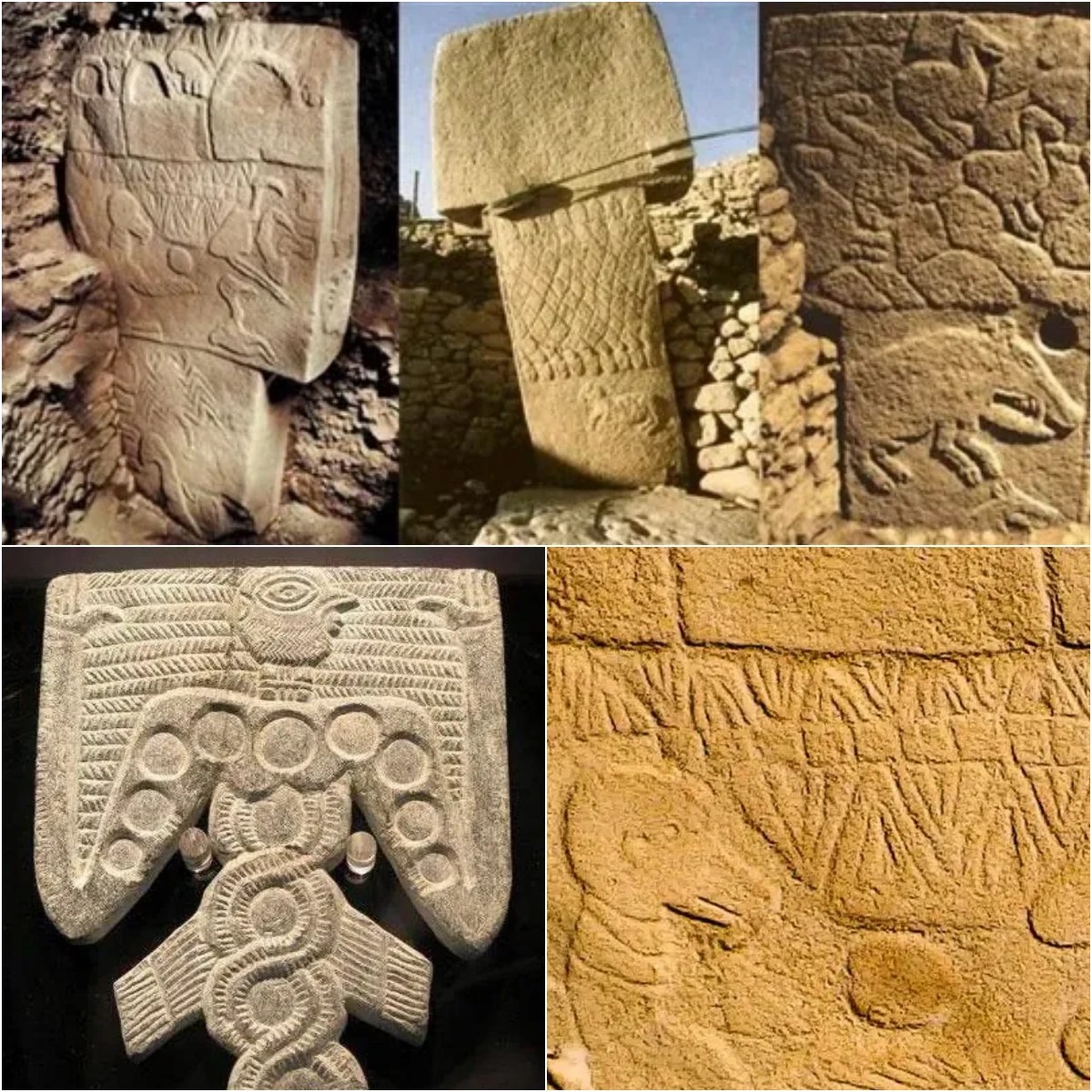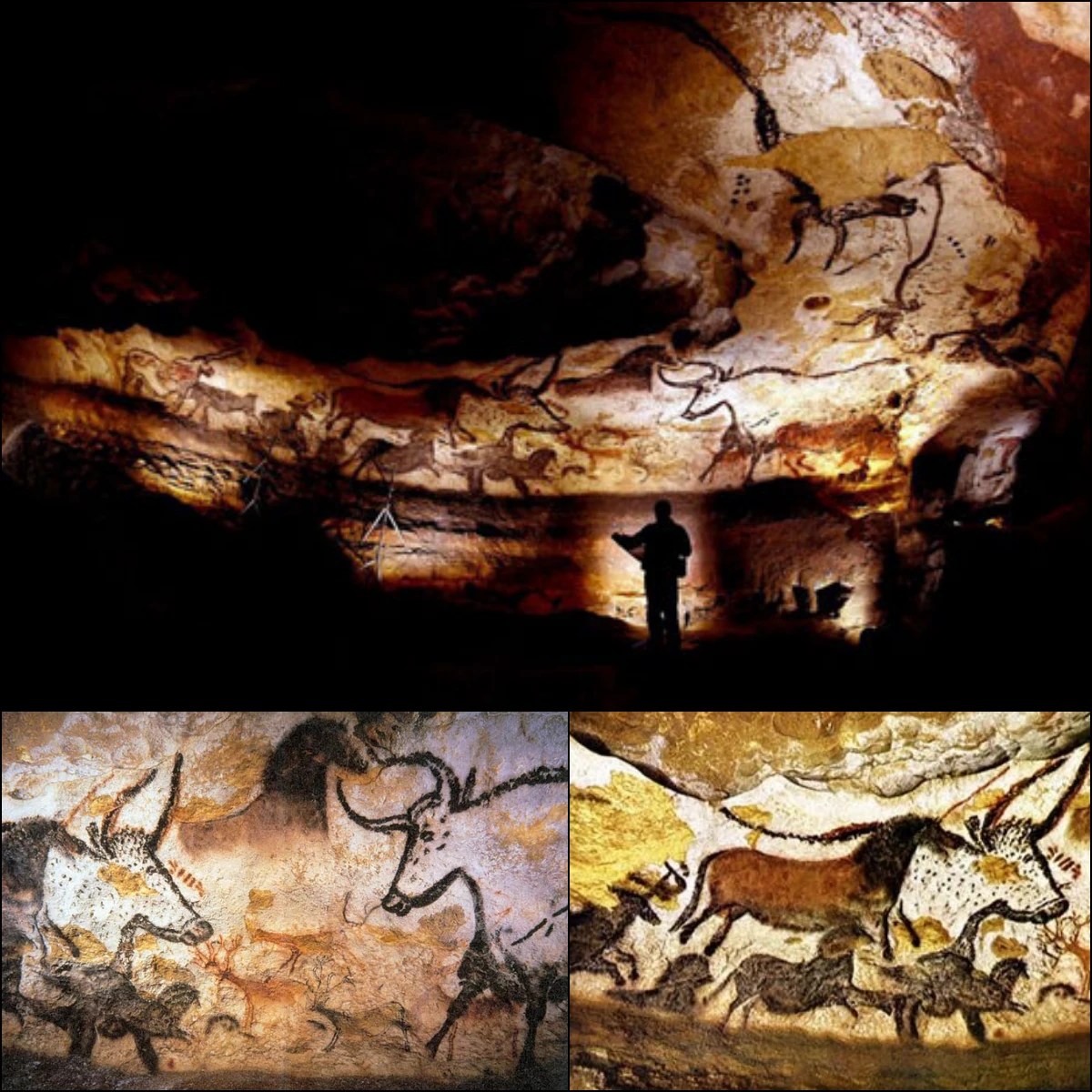Saqqara’s Massive Coffins: Egyptian or Unknown Hands?
A shocking find in the Saqqara necropolis, Egypt, is generating much debate in the archaeological community. In one of the excavation areas of this famous necropolis, scientists have discovered enormous granite coffins, sculpted with astonishing precision, raising questions about the technology and purpose behind them. These coffins, often called “Flying Coffins” due to their strangeness and extraordinary size, were first discovered in 1850 by archaeologist Auguste Mariette. However, recent research using 3D laser scanning technology and microscopic analysis has revealed unprecedented information about them. These coffins are carved from solid blocks of black granite, each weighing up to 80 tons,…
3 min read
